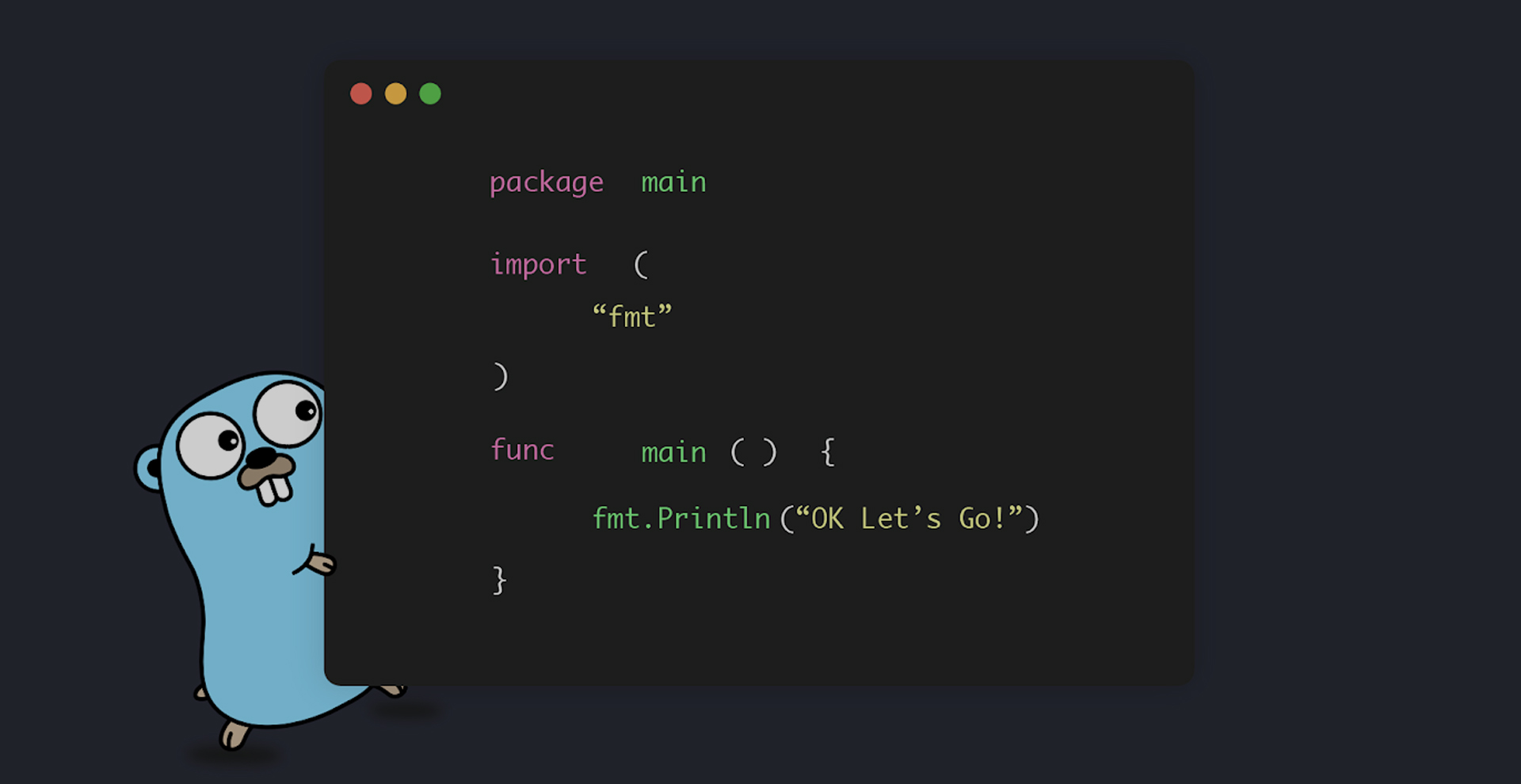
Golang's `bufio` package is a part of the Go programming language's standard library that provides buffered I/O operations. It enhances the efficiency of reading from and writing to input/output streams by reducing the number of system calls, which can be costly in terms of performance. The `bufio` package offers various types, such as `Reader` and `Writer`, which wrap around existing `io.Reader` and `io.Writer` interfaces, respectively. This buffering mechanism allows for more efficient data processing, especially when dealing with large amounts of data or slow I/O sources, by reading or writing data in larger chunks rather than byte by byte. **Brief Answer:** Golang's `bufio` package provides buffered I/O operations to improve the efficiency of reading and writing data by minimizing system calls, using types like `Reader` and `Writer` to handle data in larger chunks.
Golang's `bufio` package offers several advantages that enhance the efficiency of input and output operations. One of the primary benefits is its ability to buffer data, which reduces the number of system calls made during read and write operations. This buffering mechanism minimizes latency and improves performance, especially when dealing with large amounts of data or frequent I/O operations. Additionally, `bufio` provides convenient methods for reading and writing formatted data, such as lines or tokens, making it easier for developers to handle text processing tasks. Overall, the use of `bufio` in Go applications leads to more efficient resource utilization and streamlined code. **Brief Answer:** The advantage of Golang's `bufio` package lies in its buffering capabilities, which reduce system calls and improve I/O performance, while also providing convenient methods for handling formatted data.


The advanced application of Golang's `bufio` package extends beyond basic buffered I/O operations, enabling developers to optimize performance in scenarios involving large data processing and network communications. By utilizing `bufio.Reader` and `bufio.Writer`, programmers can efficiently read from and write to streams with reduced system calls, which is particularly beneficial when handling high-throughput applications or real-time data feeds. Features like buffered reading with `ReadString` or `ReadBytes` allow for efficient parsing of structured data formats, while `bufio.Scanner` simplifies tokenization of input streams. Additionally, leveraging the `bufio.Writer` for batched writes can significantly enhance throughput by minimizing disk I/O operations. Overall, the advanced use of `bufio` facilitates the development of scalable and performant applications in Go. **Brief Answer:** Advanced applications of Golang's `bufio` package include optimizing I/O performance for large data processing and network communications through buffered reading and writing, efficient parsing of structured data, and enhancing throughput via batched writes.


If you're looking for assistance with Golang's `bufio` package, you're in the right place! The `bufio` package provides buffered I/O operations, which can significantly enhance performance when reading from or writing to files and other I/O sources. To find help, you can refer to the official Go documentation, which offers comprehensive guides and examples on how to use `bufio`. Additionally, online communities such as Stack Overflow, Reddit's r/golang, and various programming forums can provide valuable insights and solutions to specific problems you may encounter. Exploring tutorials and code samples on platforms like GitHub can also deepen your understanding of how to effectively utilize `bufio` in your projects. **Brief Answer:** For help with Golang's `bufio`, check the official Go documentation, explore community forums like Stack Overflow, and look for tutorials on GitHub to learn about buffered I/O operations and best practices.
Easiio stands at the forefront of technological innovation, offering a comprehensive suite of software development services tailored to meet the demands of today's digital landscape. Our expertise spans across advanced domains such as Machine Learning, Neural Networks, Blockchain, Cryptocurrency, Large Language Model (LLM) applications, and sophisticated algorithms. By leveraging these cutting-edge technologies, Easiio crafts bespoke solutions that drive business success and efficiency. To explore our offerings or to initiate a service request, we invite you to visit our software development page.




TEL:866-460-7666
EMAIL:contact@easiio.com
ADD.:11501 Dublin Blvd. Suite 200, Dublin, CA, 94568